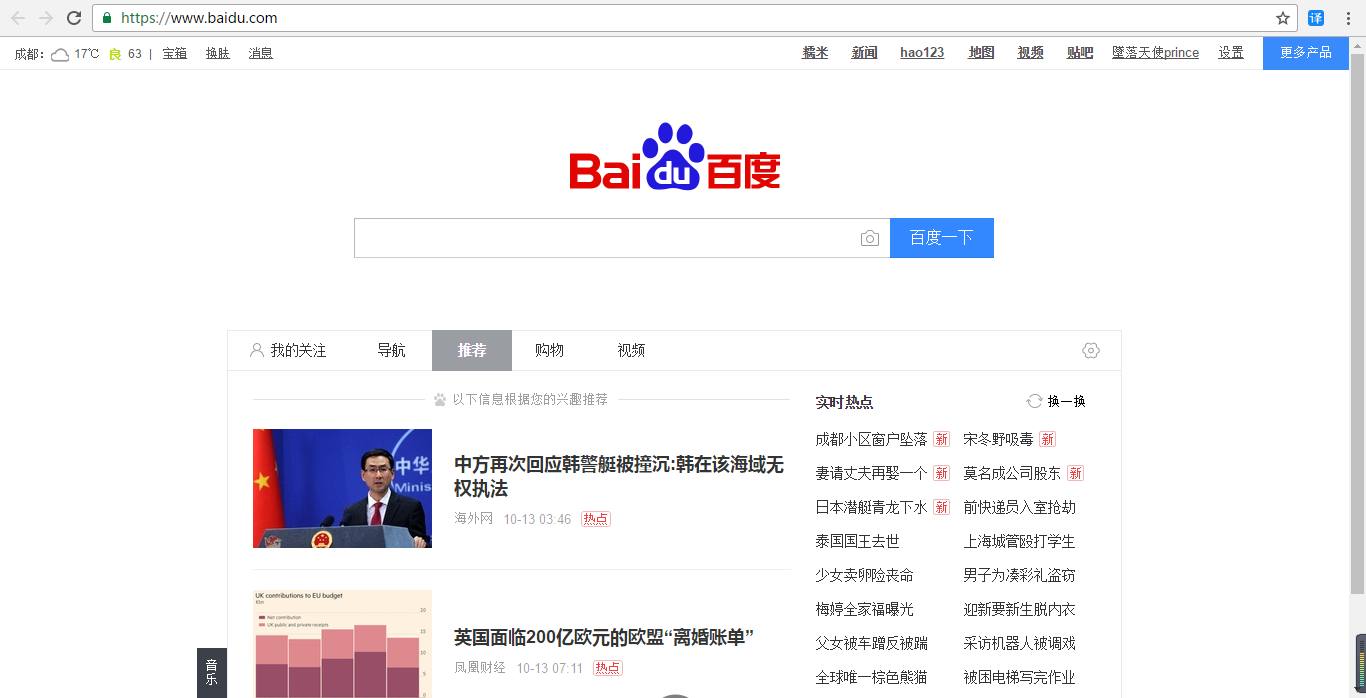Every JAVA programmer will definitely use comments when writing programs. This blog is not about how to define comments, but a magical way to write comments.
/** * 这是一个测试类 */ public class Test { /** * 程序的入口 */ public static void main(String[] args) { new Test(); } }
The above are two ordinary multi-line Comments, in the IDEA environment, select the method or class name, hold down Ctrl+Q (move the mouse directly to the target in the Eclipse development environment) to view the comments of the corresponding target, as shown in the figure:
This way You can see the annotation information corresponding to the target (class or method), but this is just an ordinary annotation. The magical annotation is as follows:
The effect changes: the font turns red, and an underline is added, which is suspected to be a link effect. , the font is bolded.
Looks like a link, it feels great, click to see:

Have you entered Baidu? What the hell.
Seeing this, many people may have guessed, yes, it is you As I thought, let’s take a look at the modified annotation information:
/** * 这是一个测试类 */ public class Test { /** * 程序的入口 */ public static void main(String[] args) { new Test(); } }
Did you see it, it seems a bit familiar, HTML+CSS?
Yes, the magical function in JAVA comments is to support some tags in HTML+CSS. Through the above code, we change the font to a hyperlink, and set the font to red and the font weight to 900.
Since JAVA Some HTML+CSS tags are supported in comments, so when writing some comments that require special attention, you can use this method to emphasize them.




